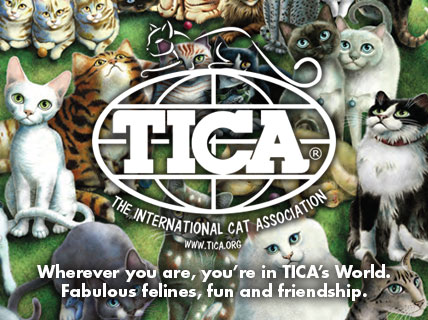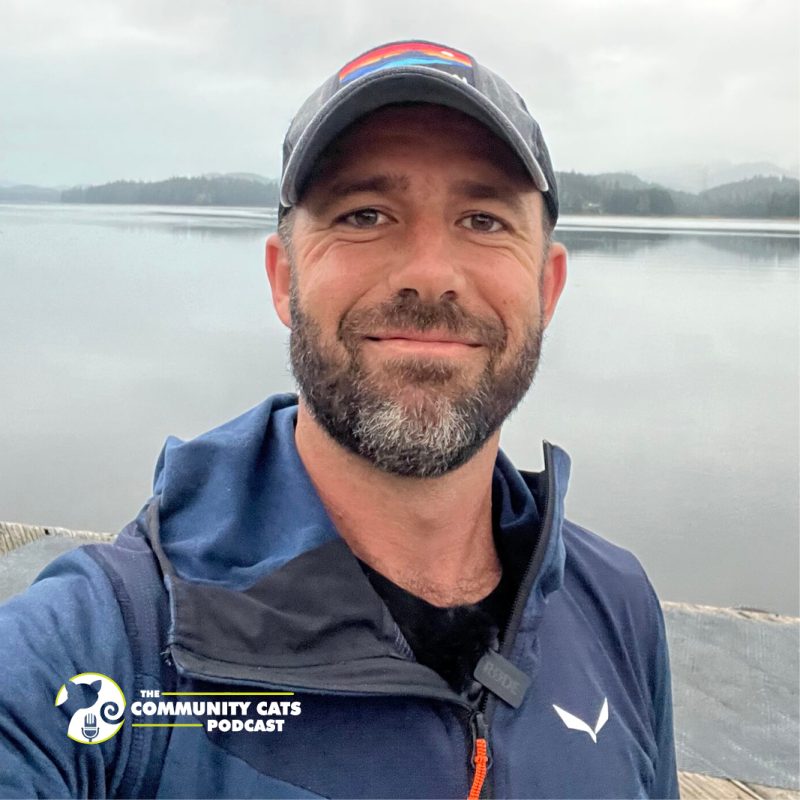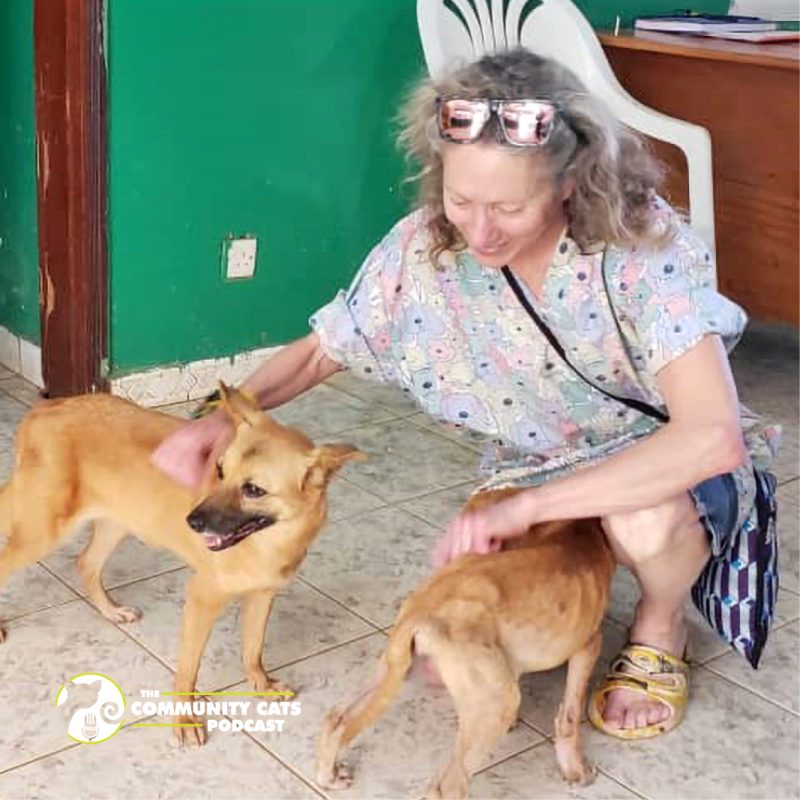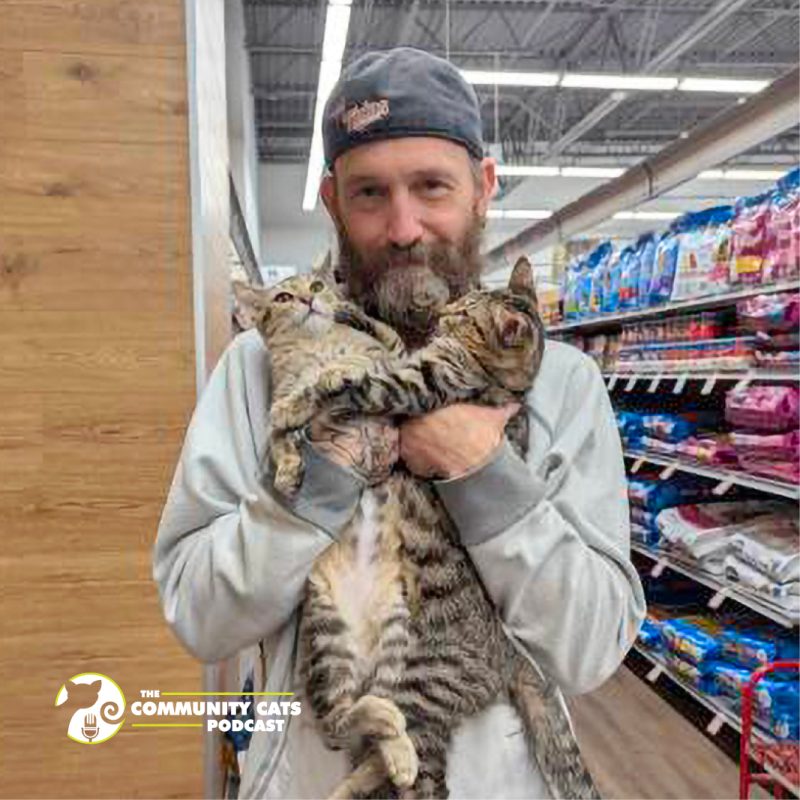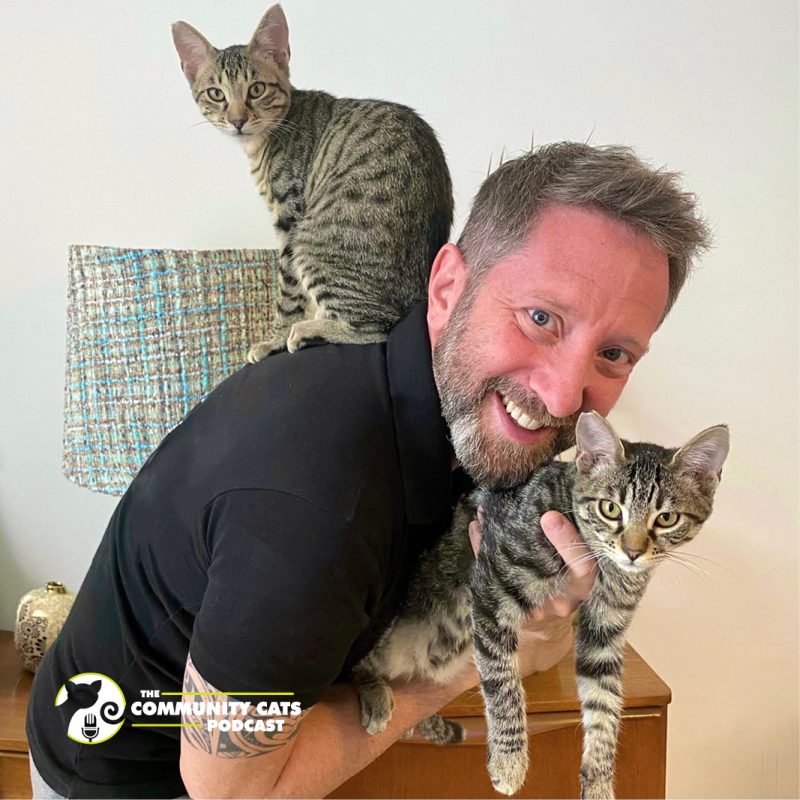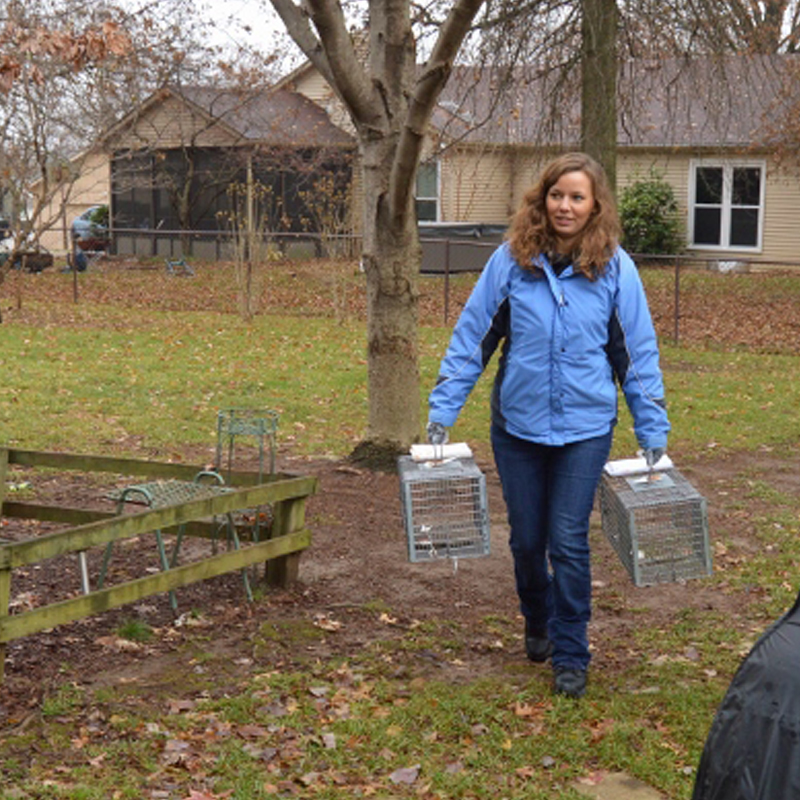
Cat Cycling – How to Make Your Spay/Neuter Programs Most Impactful and not Overwhelm Your Staff
April 29, 2018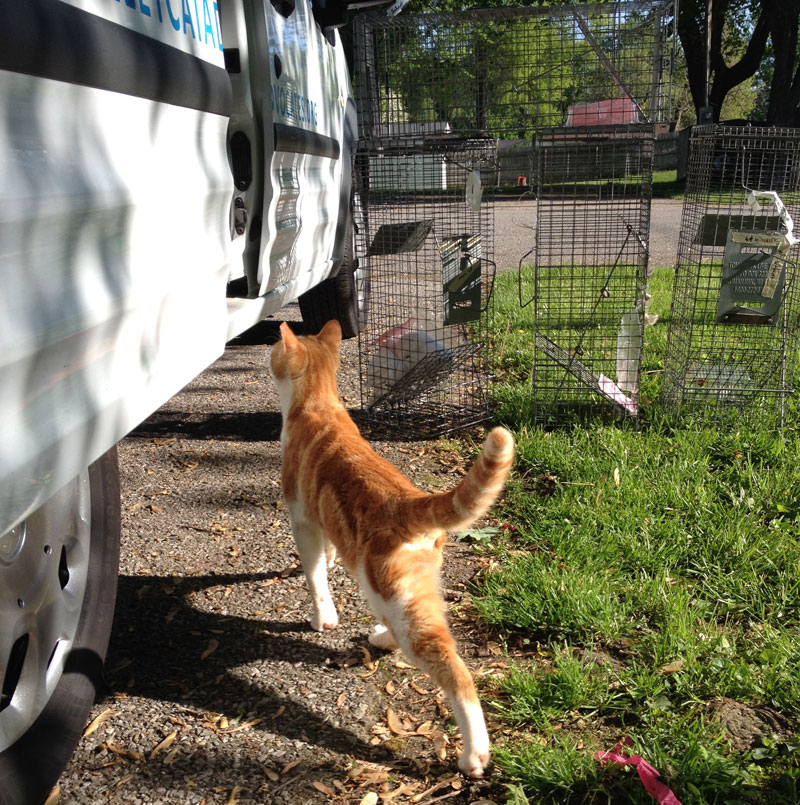
Thoughts about Transport and the Future for Cats and Kittens
May 6, 2018
“Northern Kentucky will be no-kill for cats this year, absolutely, hands-down!”
Dr. Sara Pizano, who joined us previously on Episode 171, is a veterinarian who has been involved in animal welfare for over thirty years. She has extensive experience helping shelters move away from euthanasia as a means of population control and helping municipalities revise public policy to be more animal friendly. Dr. Pizano now has her own consulting company, Team Shelter USA, and she serves on steering committees for both Best Friends and the Million Cat Challenge.
In Part 1 of this two-part episode, Dr. Pizano joined us to talk about a recent project in northern Kentucky, where she worked with a district consisting of eight counties, four of which accepted cats in their municipal shelters. These shelters had a very low live outcome rate for cats when the project began, and the goal was to increase that rate dramatically through intensive spay/neuter for community cats.
The project’s spay/neuter efforts were focused on two areas, “shelter/neuter/return” and then “in-field TNR.” Dr. Pizano explains shelter/neuter/return as taking healthy cats and kittens that are brought to the shelter as “found” and instead of having them enter the shelter, they are sterilized, vaccinated, and returned to where they were found. Dr. Pizano believes that spay/neuter of this group of cats is the number one priority in decreasing euthanasia rates.
The next step is to TNR high-intake area to get to the core of the problem and end the constant flow of community cats and their offspring into the shelters. The next steps are managed intake and targeted spay/neuter. With all of these pieces in place, over time, shelters will be dealing with far fewer cats!
It is safe to say that Dr. Pizano’s Kentucky project was a success, as she reports that in 2015, the four shelters that accepted cats took in 5,200 cats and euthanized 3,400 of those—but in 2017, the first full year of the grant-funded project, those same shelters took in 4,000 cats and euthanized just 400 of those! Eight thousand cat surgeries were completed during the first year of the project! Today, three of the four shelters in the Kentucky project are at a 90% live outcome rate, and the other is at 82%!
Dr. Pizano is very excited about the progress that’s been made in Kentucky, and about the resources that are available to other shelters that need help ending euthanasia as a means of population control. Programs like Million Cat Challenge are great sources of support for those groups, and she encourages everyone to join if they haven’t already!
To get in touch with Dr. Pizano, email her at drpizano@teamshelterusa.com. To learn more about Million Cat Challenge, visit millioncatchallenge.org. To learn more about Best Friends and their partner program, visit bestfriends.org.

